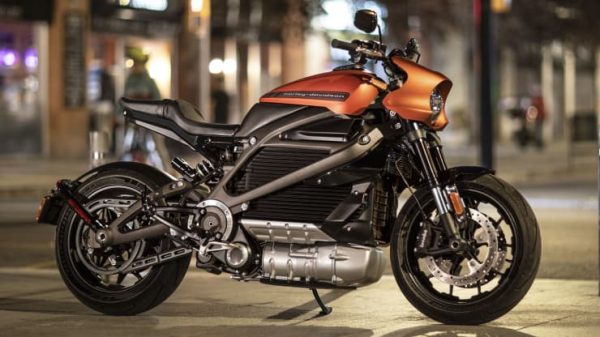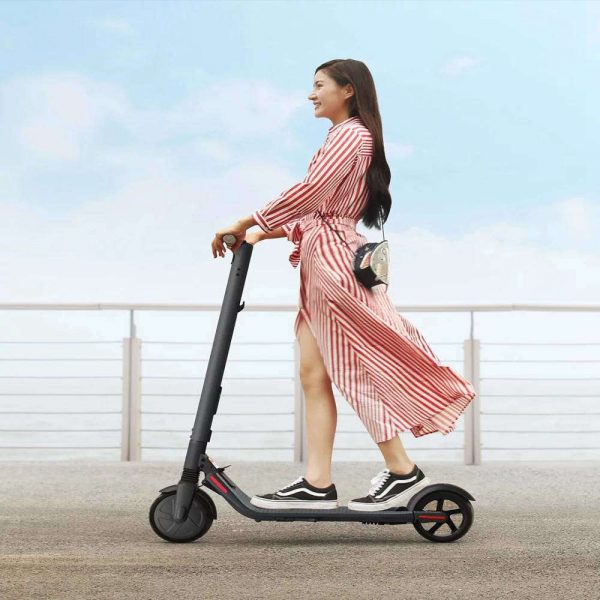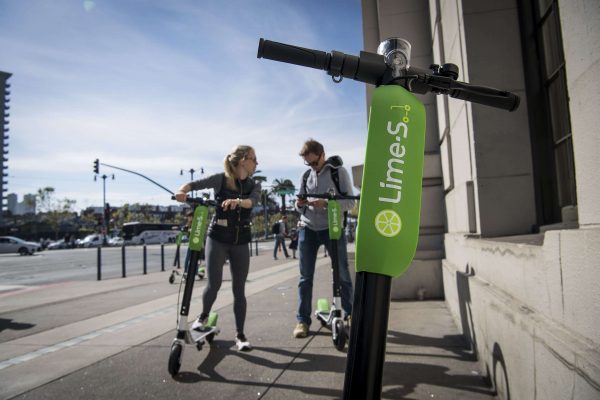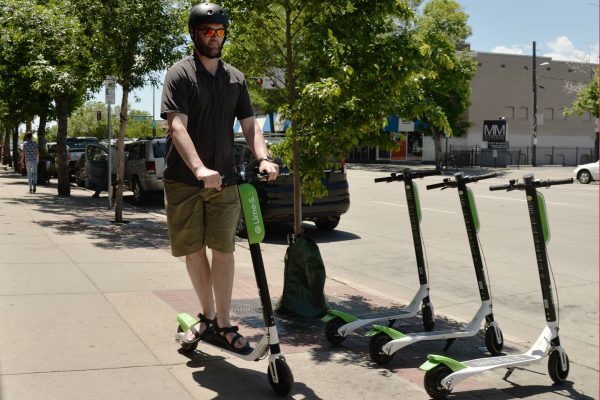Players dominating Electric Bike Market
by Joe D’Allegro from https://www.cnbc.com Harley Davidson and Honda are among the dominant motorcycle makers with big plans in electric bikes. Harley also recently announced that it is spinning off a nascent electric bicycle business. Uber is among the top investors in electric scooter company Lime, which just posted its first quarterly profit, while competitor Bird is reportedly planning to soon go public via a SPAC. NIU Technologies, which makes smart scooters, has seen its share price soar. Tesla reached a $500 billion market valuation this week, a sign of its dominance in the electric vehicle market. But Elon Musk has shown no real interest in one growing EV segment: battery-powered scooters and motorcycles. An accident he suffered as a youth on a motorbike — nearly fatal, Musk has said — turned him off two-wheelers, for now. But the manufacturing of battery powered bikes is growing and consolidating, which means it’s likely to produce one or more dominant players in the years to come. The electric motorcycle and scooter market reached $30 billion in 2019, according to a June 2020 report by Preeti Wadhwani and Prasenjit Saha from the research company Global Market Insights (GMI). They estimated that the market — which includes everything from large motorcycles meant for interstate cruising to tiny stand-up scooters as used by Lime and Bird — will grow more than 4% annually for the next few years and hit $40 billion in 2026. Concerns over vehicular emissions, increasing consumer awareness about air pollution, and increasing investments by government authorities in the development of EV charging infrastructure are all expected to keep the market growing. Another factor boosting electric bike prospects is the continued improvement in batteries. E-bikes, scooters and motorcycles Electric motorcycles and scooters are still relatively pricey, and none yet matches the range […]
Players dominating Electric Bike Market Read More »




